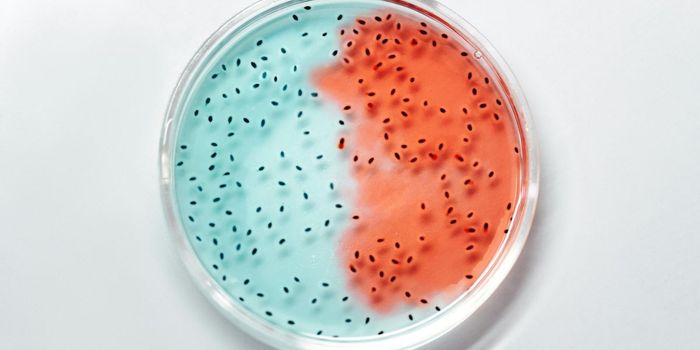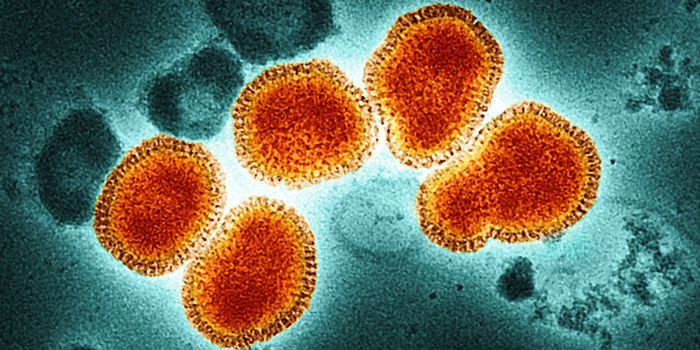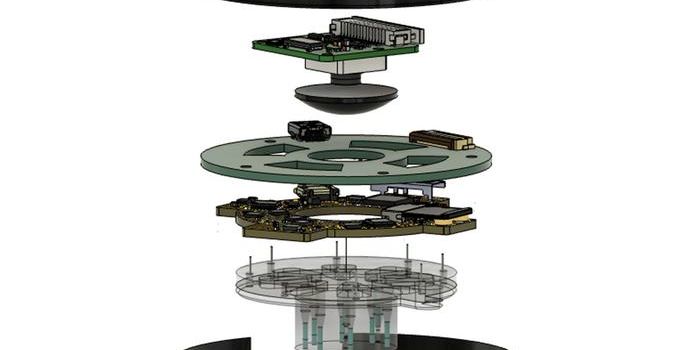Surprising Source of Hospital-acquired Infections is Found
Hospitals are supposed to be a place where people get well, but unfortunately, many people that stay in the hospital for more than a few days end up with an infection. A lot of those patients are transplant recipients with compromised immune systems. While one might suspect that the infectious germs are coming from a dirty hospital room, other sick patients, or a coughing visitor, researchers at Stanford University found that the most common source of a hospital patient’s bloodstream infection is the that patient’s own gut.
The researchers utilized powerful bioinformatic tools to identify the source of hospital-acquired infections. Tracing them accurately, instead of making educated guesses, will help to address the factors causing the infections effectively, said Ami Bhatt, MD, Ph.D., assistant professor of hematology and genetics. The findings have been reported in Nature Medicine.
“Until now, we couldn’t pinpoint those sources with high confidence,” said Bhatt, who is the senior author of the study. “That’s a problem because when a patient has a bloodstream infection, it’s not enough simply to administer broad-spectrum antibiotics. You need to treat the source, or the infection will come back.”
The free computational tool created for this work, called StrainSifter, may help clinicians figure out whether an infectious pathogen is coming from a skin wound, from gut microbes leaking into the bloodstream, or from an inserted medical device like a catheter, explained Bhatt. That information can help eradicate the infection faster.
We already know that many microbes that live in the gut cause no harm to us, as long as they stay there; if some of them end up elsewhere they can be very harmful. Thus, the researchers began their study there.
“Often, these bugs aren’t intrinsically pathogenic,” Bhatt said. “They’re perfectly well-behaved in the gut. It’s only when they show up in the wrong place -- due, for example, to leaking through a disrupted intestinal barrier into the bloodstream -- that they cause trouble.”
The research team collected blood and stool samples from thirty patients that had blood infections after a bone-marrow transplant procedure. They wanted to know if the pathogenic bacterial strain in an individual's blood could also be found in the same patient’s stool sample, which was taken prior to surgery.
Huge amounts of genetic data had to be analyzed for this work, something only possible since the huge advances in genomics in recent decades. The scientists had to confirm that it wasn’t just the same kind of bacterium; it had to be the exact same strain.
“Just finding E. coli in a patient’s blood and again in that patient’s stool doesn’t mean they’re the same strain,” Bhatt noted.
The researchers also looked at the microbial landscape in each of the patients and confirmed that the infectious pathogen from each individual matched a strain in their gut. They also knew from their extensive study that none of the bugs they found in a patient’s bloodstream were present in a different patient’s stool or blood samples.
“Because the gut normally harbors more than 1,000 different bacterial strains, it’s looked upon as a likely culprit of bloodstream infections, especially when the identified pathogen is one known to thrive inside the gut,” Bhatt said. “But while this culpability has been assumed — and it’s an entirely reasonable assumption — it’s never been proven. Our study demonstrates that it’s true.”
“I don’t think we’re passing around active infections among one another as often as has been assumed,” added Bhatt. “Our results suggest that people are the most likely source of their own infections. Maybe we need to get rid of this idea of catching others’ infections, and give more thought to the health of our own resident microbial ecosystems.”
Sources: Stanford Medicine, Biology of Blood and Marrow Transplantation, Nature Medicine








